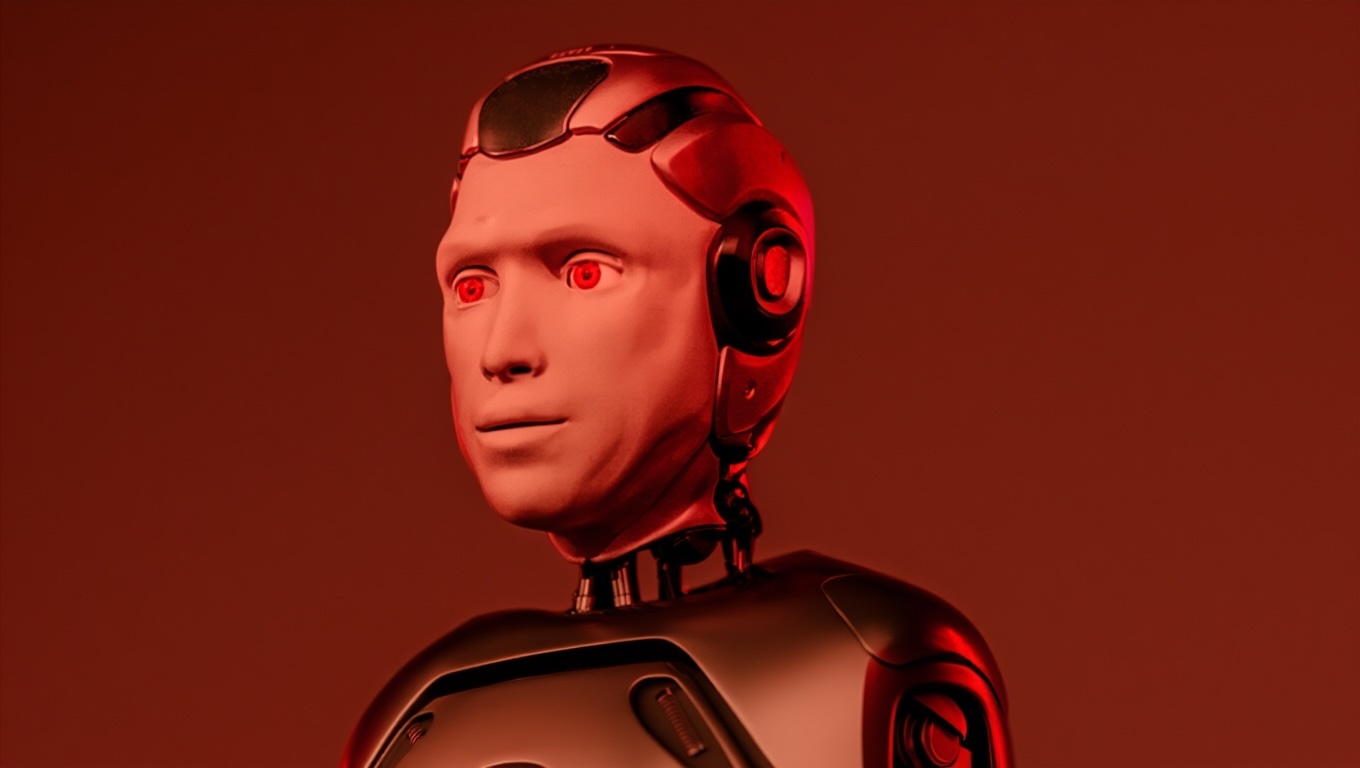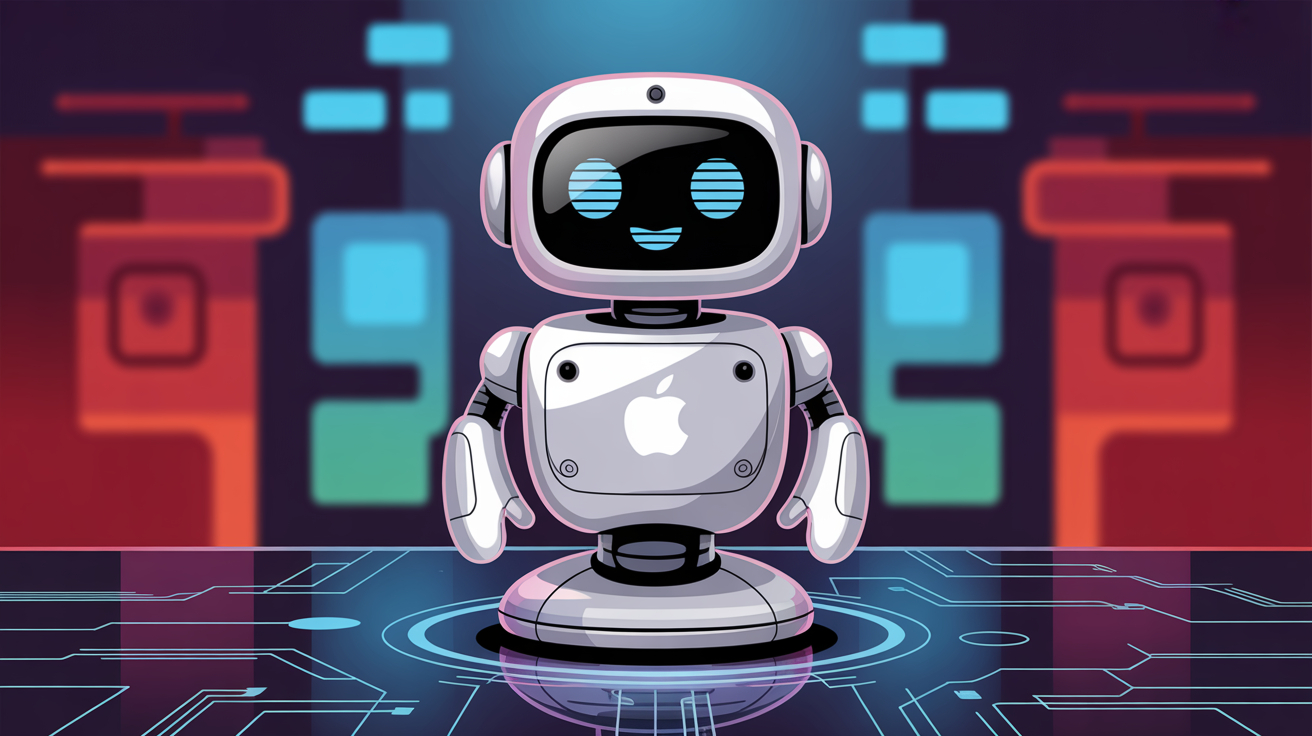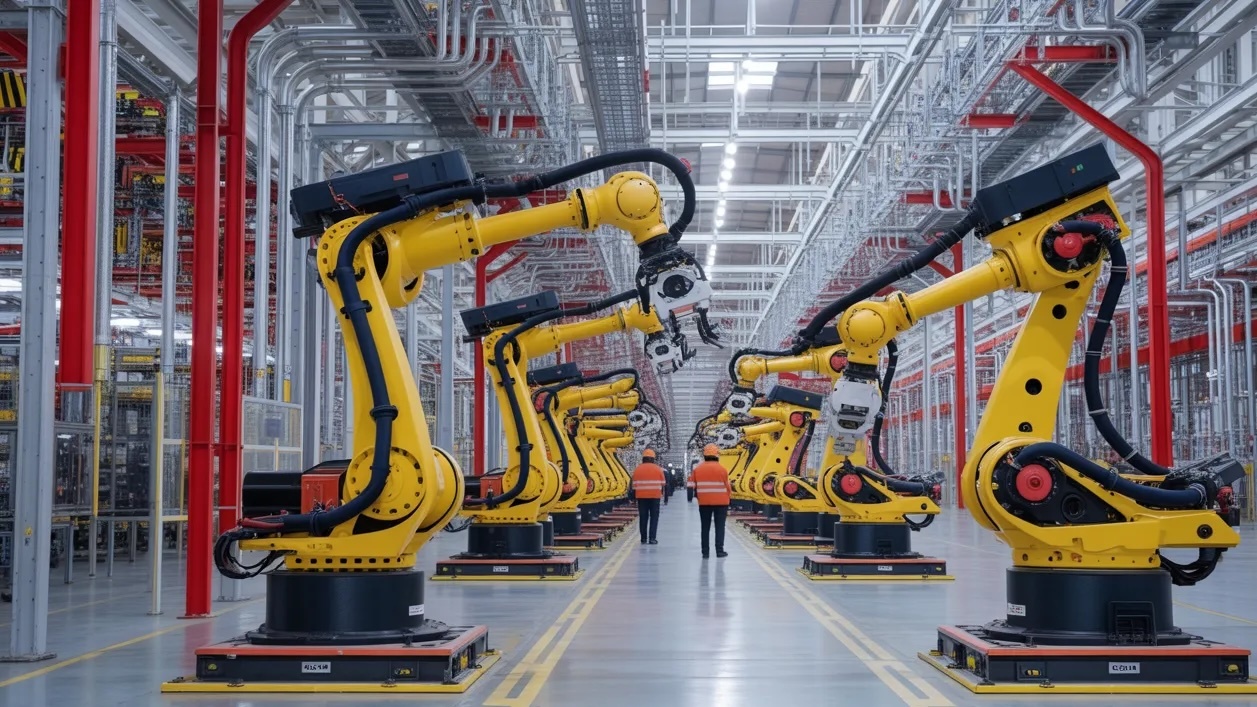Drones that hunt down shoplifters
PLUS: Patients control AI and robotics with thought
Read Online | Sign Up | Advertise
Good morning, robotics enthusiasts. Retailers are cracking down on shoplifting — and Atlanta-based startup Flock Safety wants drones to do the chasing.
Once the go-to for police surveillance, the company hopes to arm big-box stores with autonomous aerial patrols that hunt down suspected shoplifters in real time. But do we really want drones stalking people through the parking lot at Walmart?
In today’s robotics rundown:
This startup wants its drones to chase shoplifters
DoorDash unveils cute new delivery bot
A spider-shaped bot builds a house a day
Seven-Eleven to overhaul staff with humanoids
Quick hits on other robotics news
LATEST DEVELOPMENTS
FLOCK SAFETY
🛒 This startup wants its drones to chase shoplifters
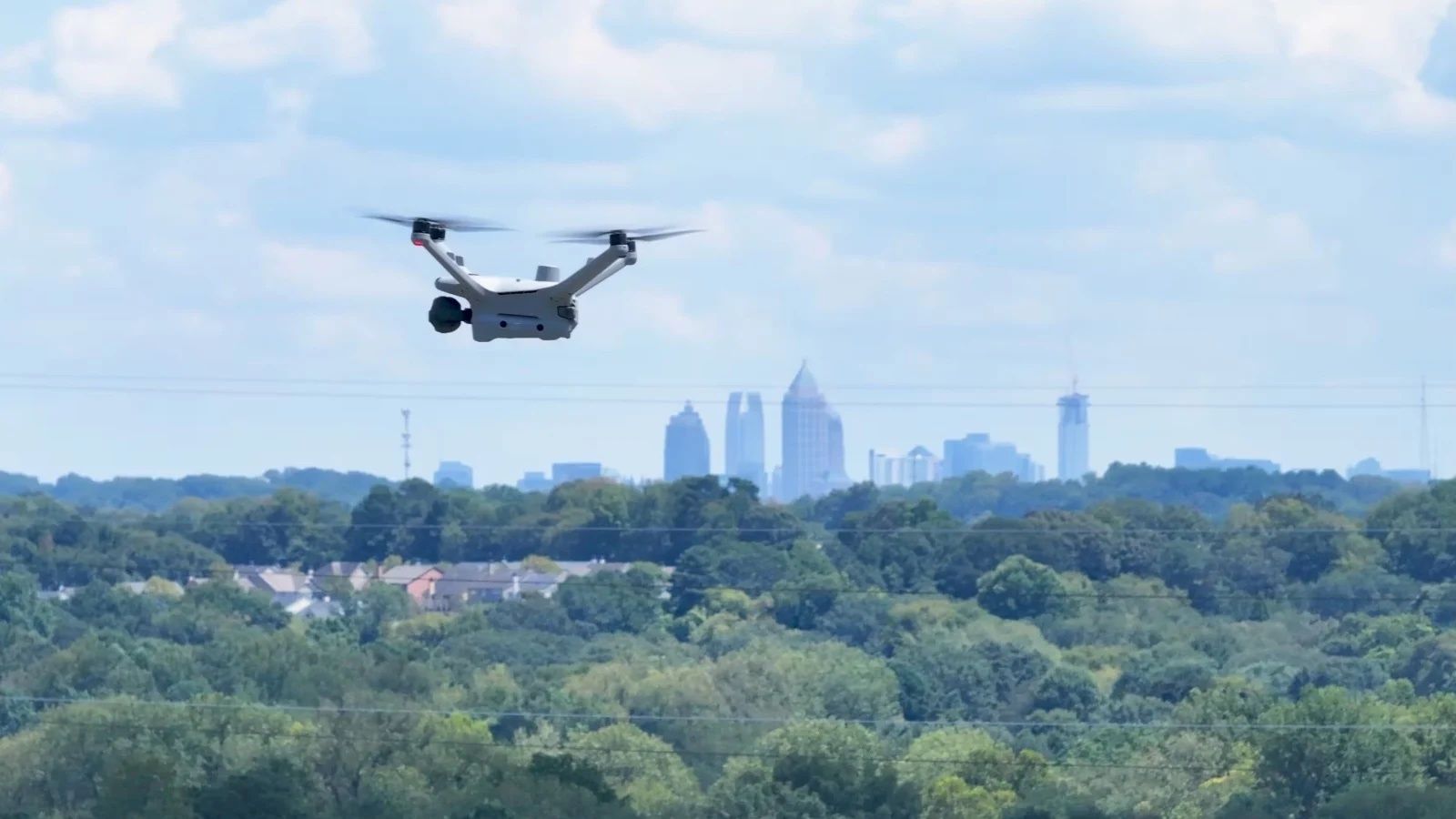
Image source: Flock Safety
The Rundown: Flock Safety, once known for flooding neighborhoods with automated license plate readers, is now pitching its autonomous drones directly to retailers to hunt down suspected shoplifters. Welcome to the next phase of privatized surveillance.
The details:
Previously marketed to police departments, Flock’s drones are now being pitched to retailers looking to clamp down on shoplifting.
Companies install docking stations on their premises, and when an alarm goes off, a drone automatically launches to track down the suspect.
The drones stream real-time video feeds back to security teams, offering live tracking rather than passive footage like traditional CCTV.
Flock is pitching this as the antidote to rising retail theft, particularly for big-box stores watching their shrinkage numbers climb, MIT Tech Review reports.
Why it matters: Police, however flawed, are at least accountable to the public. Corporate drones, on the other hand, answer only to shareholders. And once this tech is normalized, what’s to stop it from tracking union organizers, monitoring protests, or flagging customers who return too much? Mission creep is the business model.
DOORDASH
🥡 DoorDash unveils cute new delivery bot
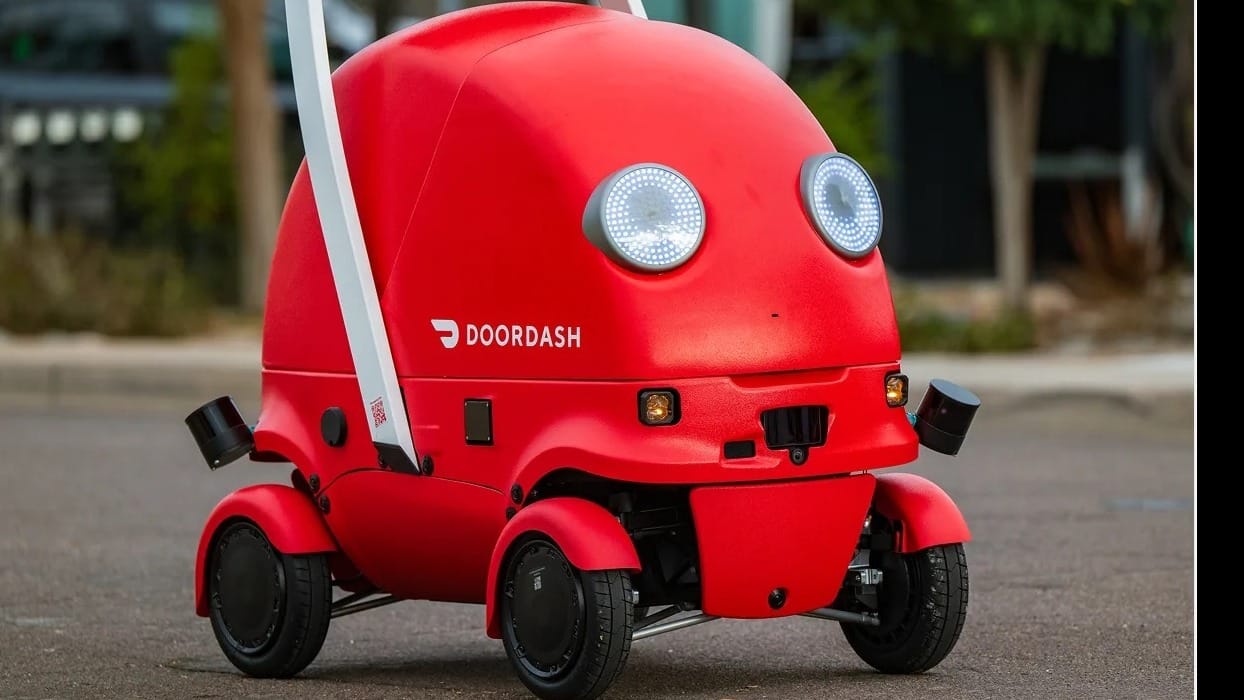
Image source: DoorDash
The Rundown: DoorDash just unveiled Dot, a squat, candy-red machine that cruises roads, bike lanes, and sidewalks at up to 20 miles per hour with one simple job: getting food from restaurant to doorstep without a human in between.
The details:
Standing under 5 feet tall and weighing 350 lbs., Dot's cargo hold fits six pizza boxes or 30 lbs. of goods with modular inserts.
Dot launches in Tempe and Mesa, Arizona, with a full support ecosystem of warehouses, charging stations, and operators for cleaning and emergencies.
Co-founder Stanley Tang's pitch is simple: “You don't always need a full-sized car to deliver a tube of toothpaste or pack of diapers.”
A camera inside the cargo space ensures humans don't climb in, but the robot is light enough to be tipped by a few determined people.
Why it matters: DoorDash’s autonomous push arrives as competitors like Uber, Waymo, Nuro, and Serve Robotics race to redefine food delivery with robots and drones. But DoorDash is betting its advantage lies in owning both the platform and the hardware, leveraging routing data from 10B deliveries to power custom-built robots.
CONSTRUCTION BOTS
🏠 A spider-shaped bot builds a house a day
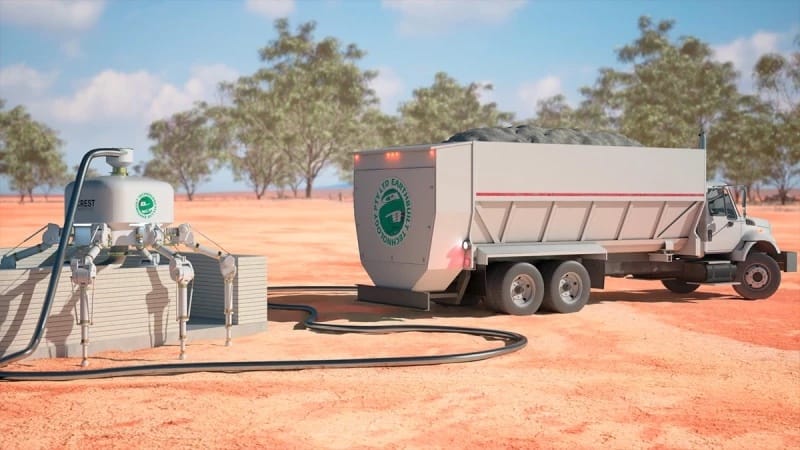
Image source: Crest Robotics / Earthbuilt Technology
The Rundown: A spider-shaped construction robot named Charlotte can roll onto a vacant lot and autonomously build a 2,150-square-foot home in 24 hours, matching the output of 100 bricklayers working in tandem.
The details:
Charlotte uses industrial-scale 3D printing to extrude walls layer by layer, creating structures that are inherently flood-proof and fire-resistant.
The system requires only minimal human oversight for setup, material feeds, and software updates, while automating the structural build process.
Developers are targeting disaster relief zones and affordable housing developments in underserved communities.
Charlotte is in prototype phase, with pilots in Australia and expanded field tests slated for 2025, and lunar construction ambitions on the horizon.
Why it matters: Charlotte isn't the first construction robot, but it's among the first attempting full-structure automation at speed, compressing several weeks of work into a single day. If it actually delivers on that promise at scale, housing stops being constrained by labor availability and becomes purely a question of materials and land.
JAPANESE ROBOTS
🍘 Seven-Eleven to overhaul staff with humanoids
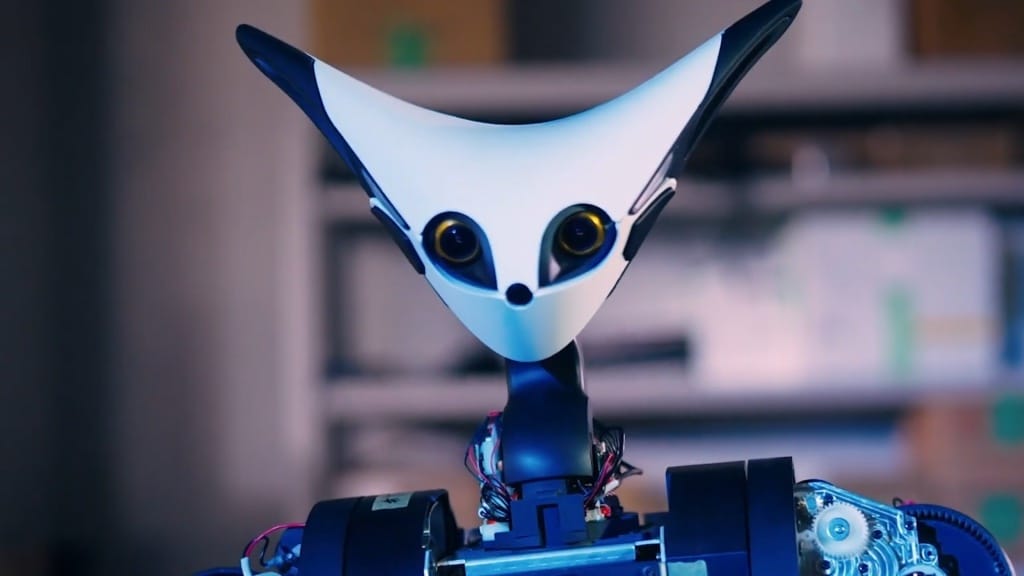
Image source: Telexistence
The Rundown: Japan’s convenience store giant Seven-Eleven is going all-in on humanoids, partnering with Tokyo’s Telexistence to fast-track Astra, a robot designed to handle stocking, cleaning, and customer interaction in its network of 20K stores.
The details:
The partnership with Telexistence moves beyond typical pilot projects as a full-scale bet on robots as a solution to Japan's labor crisis.
Expected in stores by 2029, Astra is custom-built to handle the grunt work: stocking shelves, cleaning floors, and managing basic customer interactions.
Telexistence’s pilot “Ghost” beverage restocking robots are already operating in Tokyo stores, serving as early testbeds for Astra's capabilities.
With Toyota and top universities collaborating on the project, the partnership aims to make humanoids a practical and scalable reality.
Why it matters: Japan looks to be building the world's largest humanoid workforce to staff convenience stores — machines trained on massive retail datasets using vision-language-action models. If Astra works at scale, it’ll prove that humanoids can be economically viable workers, not just expensive demos doing backflips for YouTube.
QUICK HITS
📰 Everything else in robotics today
NVIDIA just unveiled major updates to its robotics platform, showcasing new open-source models and simulation libraries to streamline and accelerate robotics R&D.
China launched humanoid training facilities in Beijing, with its Shijingshan base spanning over 10K square meters and expected to generate 6M data points annually.
South Korea’s CJ Logistics is leading a $3M, government-backed project to build humanoids with dexterous hands capable of handling warehouse tasks by 2028.
Australia’s SwarmFarm Robotics raised $30M to expand its automated farming tech in North America and boost both productivity and sustainability.
Startup Westlake Robotics unveiled General Action Expert, a “Shadow Function” AI model that enables robots to mirror a human handler’s movements in real time.
CIRTESU robot fish completed successful wireless tests, unlocking hands-free inspection, maintenance, and sensor deployment in aquaculture and port environments.
A UC Berkeley-led team unveiled an AI-powered design framework that automates the creation of complex, shape-shifting truss robots.
Unitree's G1 humanoid just pulled off a butterfly twist, a full 360-degree airborne spin that puts it firmly in parkour territory.
COMMUNITY
🎓 Highlights: News, Guides & Events
Read our last AI newsletter: Apple chases Meta’s AI glasses lead
Read our last Tech newsletter: Microsoft launches ‘vibe working’ AI
Read our last Robotics newsletter: Google’s robots learn to ‘think’ first
Today’s AI tool guide: Create a professional headshot with Gemini
RSVP to our next workshop @ 4 PM EST Friday: Vibe coding for non-devs
See you soon,
Rowan, Jennifer, and Joey—The Rundown’s editorial team
Stay Ahead on AI.
Join 1,000,000+ readers getting bite-size AI news updates straight to their inbox every morning with The Rundown AI newsletter. It's 100% free.


